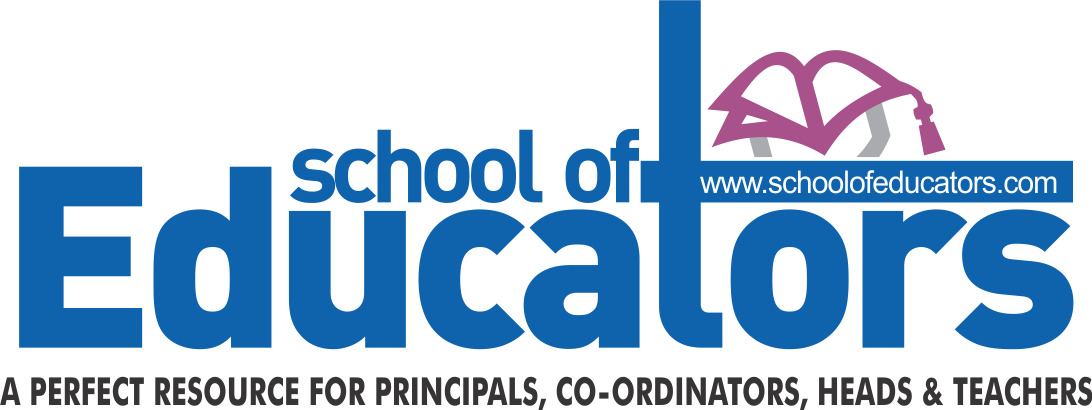STUDENT-CENTERED TEACHING AND LEARNING
STUDENT-CENTERED TEACHING AND LEARNING
In the traditional approach to college teaching, most class time is spent with the professor lecturing and the students watching and listening. The students work individually on assignments, and cooperation is discouraged.
Student-centered teaching methods shift the focus of activity from the teacher to the learners. These methods include active learning, in which students solve problems, answer questions, formulate questions of their own, discuss, explain, debate, or brainstorm during class; cooperative learning, in which students work in teams on problems and projects under conditions that assure both positive interdependence and individual accountability; and inductive teaching and learning, in which students are first presented with challenges (questions or problems) and learn the course material in the context of addressing the challenges. Inductive methods include inquiry-based learning, case-based instruction, problem-based learning, project-based learning, discovery learning, and just-in-time teaching. Student-centered methods have repeatedly been shown to be superior to the traditional teacher-centered approach to instruction, a conclusion that applies whether the assessed outcome is short-term mastery, long-term retention, or depth of understanding of course material, acquisition of critical thinking or creative problem-solving skills, formation of positive attitudes toward the subject being taught, or level of confidence in knowledge or skills.
Richard Felder has written or co-authored a number of papers about the use of active, cooperative, and inductive instructional methods in college science and engineering courses, some reporting on his own classroom research studies and some summarizing the literature. The references are listed below; those shown as hot links may be viewed and downloaded from this site. You may also view excerpts from an interview with Dr. Felder and see a list of good Web sites related to student-centered methods.
- Interview with Dr. Felder. Transcript of an interview in which Dr. Felder discusses different aspects of active and cooperative learning.
- Videos in which Dr. Felder explains active learning and demonstrates its use in engineering classes.
- Publications on active learning.
- Publications on cooperative learning.
- Publications on inductive teaching and learning.
- Publications on minimizing or eliminating student resistance to student-centered teaching methods.
- Links to relevant web sites.
Bindu Sharma
Comment







